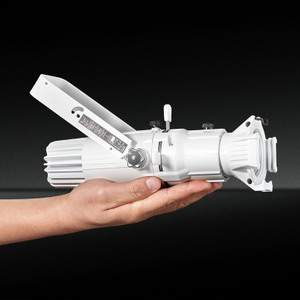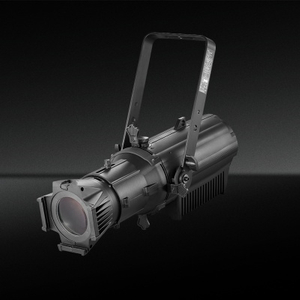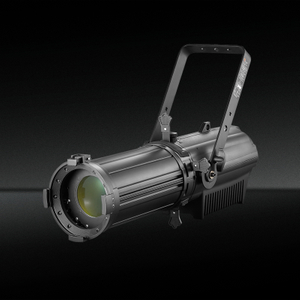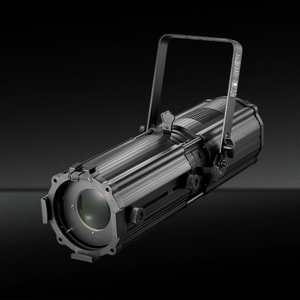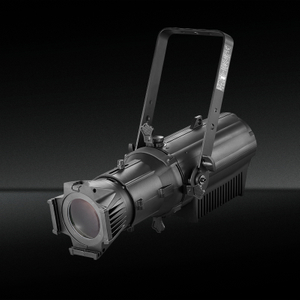Gallery Lighting Design (Part One)
Views: 55 Author: Site Editor Publish Time: 2021-06-08 Origin: Site








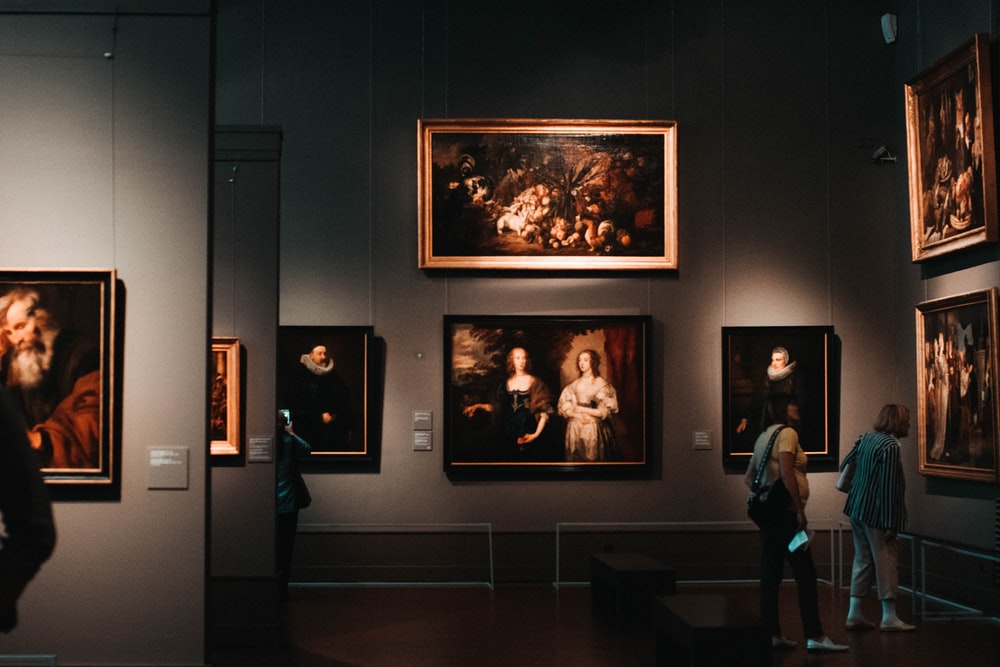
Art is the soul resonance of creators and viewers. A perfect work is not just simply hanging it on the wall, but also using lighting art to put its beauty into the viewer's sensory nerves. The use of correct lighting art can not only release the artwork in people's vision, but also can be passed on for a long time.
1. Let the work live forever
The primary responsibility of the museum is preservation. The history of art preservation can be traced back more than 100 years ago. In the 20th century, Garry Thompson, a scientific consultant at the National Gallery in London, created a book that is considered authoritative in this subject-"Museum Environment". It is mentioned in the book that the radiation, illumination and exposure time of the light source are all important issues that need to be considered when illuminating the exhibits.
There are two types of art damage caused by light: thermal damage and damage caused by photochemical reaction.
 Thermal damage is caused by red ultraviolet rays in the light source. Infrared radiation causes a local thermal effect, which changes the relative humidity of the radiant material, thereby causing moisture-absorbing materials such as wood and animal skins to shrink, deform or crack. Some exhibits, such as textiles, paper, pigments, dyes, and other organic materials, are photosensitive substances, which will cause a photochemical reaction under the light to cause pigments to fade, white paper to yellow or even crack.
Thermal damage is caused by red ultraviolet rays in the light source. Infrared radiation causes a local thermal effect, which changes the relative humidity of the radiant material, thereby causing moisture-absorbing materials such as wood and animal skins to shrink, deform or crack. Some exhibits, such as textiles, paper, pigments, dyes, and other organic materials, are photosensitive substances, which will cause a photochemical reaction under the light to cause pigments to fade, white paper to yellow or even crack. Photochemical damage cannot be restored or changed by protective means, so it is important to prevent or reduce damage caused by light in art museums. Therefore, the illuminance and exposure time in the hall should be restricted according to the sensitivity of the exhibits to light radiation.
The recommended illuminance formuseum lighting is 150lx, this value refers to the lighting of moderately sensitive items; materials with weaker sensitivity can be used with higher illuminance to increase the contrast between it and the surrounding space, and 300lx is recommended as the upper limit of illuminance; for height For sensitive materials, 50lx should be used as the maximum illuminance, which requires careful balance of exhibition lighting and surrounding lighting, the latter should be weaker.
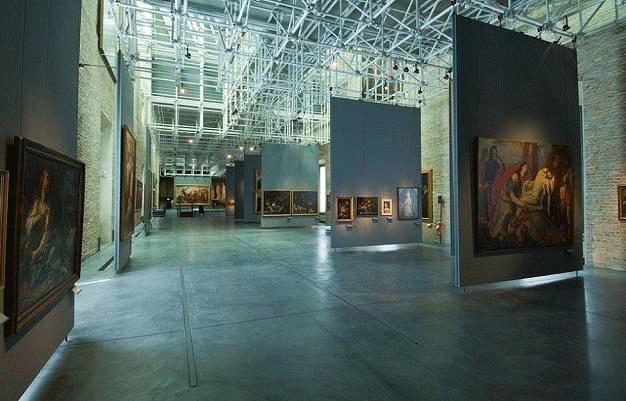
2. Return the true colors
The primary task of lighting design is to illuminate the exhibits according to the characteristics of the exhibits. According to the design characteristics of its art form or structure, surface or color, gloss or transparency, it is necessary to carry out a purposeful lighting design, which may involve diffuse Illumination or accent lighting, or special lighting that expresses color and quality.
When designing the lighting of art museums, for exhibits such as watercolors, oil paintings, brocades, photographs and other exhibits that require high color discrimination, a light source with a general color rendering index (Ra) of not less than 90 should be used as the lighting source; for color discrimination For places with low requirements, a light source with a general color rendering index of not less than 80 can be used as the illuminating light source.




